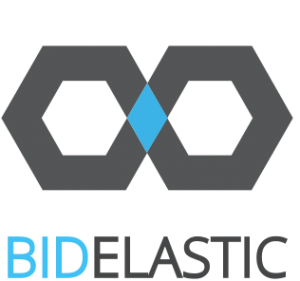Optimizing Amazon Web Services costs
Amazon Web Services (AWS) evolves constantly. In 2015 Amazon announced over 700 AWS updates, typically new and modified features or novel pricing mechanisms. When AWS functionalities evolve, so do cost-effective cloud solutions on AWS. A solution that used to offer low costs a year ago doesn’t necessarily do so today. Let’s go over three examples.
The first example of AWS updates that make it necessary to refine cloud solutions on AWS is the Infrequent Access (IA) storage class for Simple Storage Service (S3). S3 costs 0.03 USD per GB per month; S3-IA 0.0125, about 60 percent less. S3-IA functionality and redundancy are identical to those of S3, but there is a catch: It costs 0.01 USD to retrieve a GB of data from S3-IA while data retrieval is free in S3. Also S3-IA GET requests cost 150 percent more than those of S3. So S3-IA can lower the cost of rarely used buckets substantially, but can also raise the cost of frequently used buckets. We offer predictive analytics and cost structure optimization on S3 to help companies take full advantage of S3-IA.
Another issue to keep in mind is how AWS credits and cost tracking work together or don’t. Amazon issues credits as service discount; incentive to new customers, and compensation when it breaches the SLA on specific S3 services (S3 SLA). Again there is a catch: Amazon recommends that customers track AWS costs via Billing Alarms. But Billing Alarm is not triggered until a customer account runs out of credit. So, once customers receives credits for any reason, they can’t properly track and monitor AWS costs unless they use one of the external tools for AWS cost tracking.
Finally, consider billing for the Amazon Relational Database Service (RDS). With a regular EC2 instance Amazon doesn’t charge customers for the period of time the instance is stopped. Not so with an RDS instance. Here Amazon does charge customers for instance time regardless of whether the instance is stopped or not. Only deleting the database server along with automatic database backups stops the billing. Deleting automatic backups doesn’t affect persistent manual database snapshots that can be used to restore the database at a later time. So, RDS customers who use a relational database for only a few hours can lower costs by either running an RDBMS on an EC2 instance or a script that snapshots the database; deletes it at the end of the day and restores it the next day. None of these options is particularly attractive.
The above examples show that to run competitive cloud computing solutions on AWS, companies need to continuously track the costs structure of the solution; constantly monitor AWS feature updates, and adapt accordingly. A more cost-effective and less time consuming way to cut costs would be to deploy cost optimization services.

Leave a Reply
Want to join the discussion?Feel free to contribute!